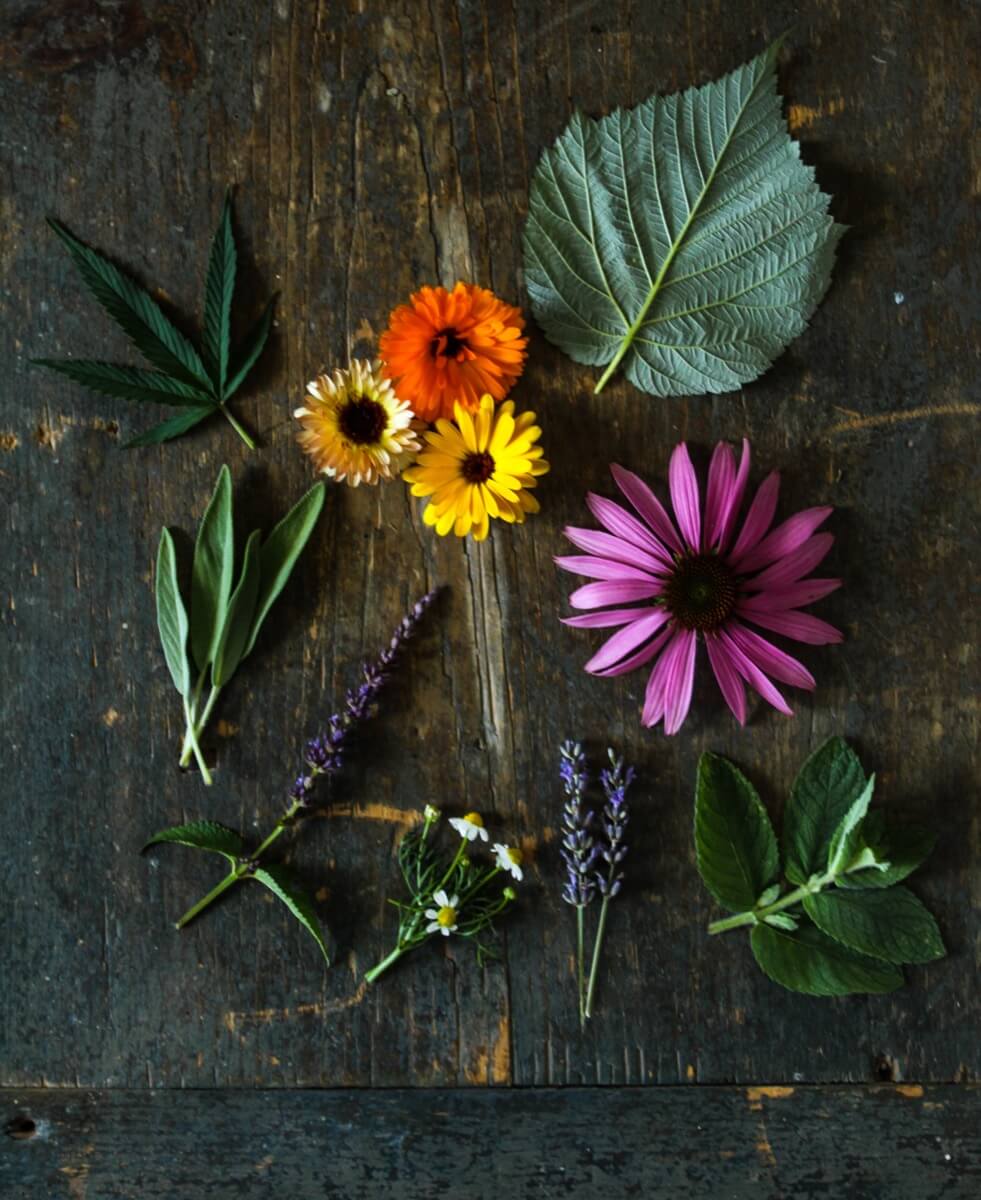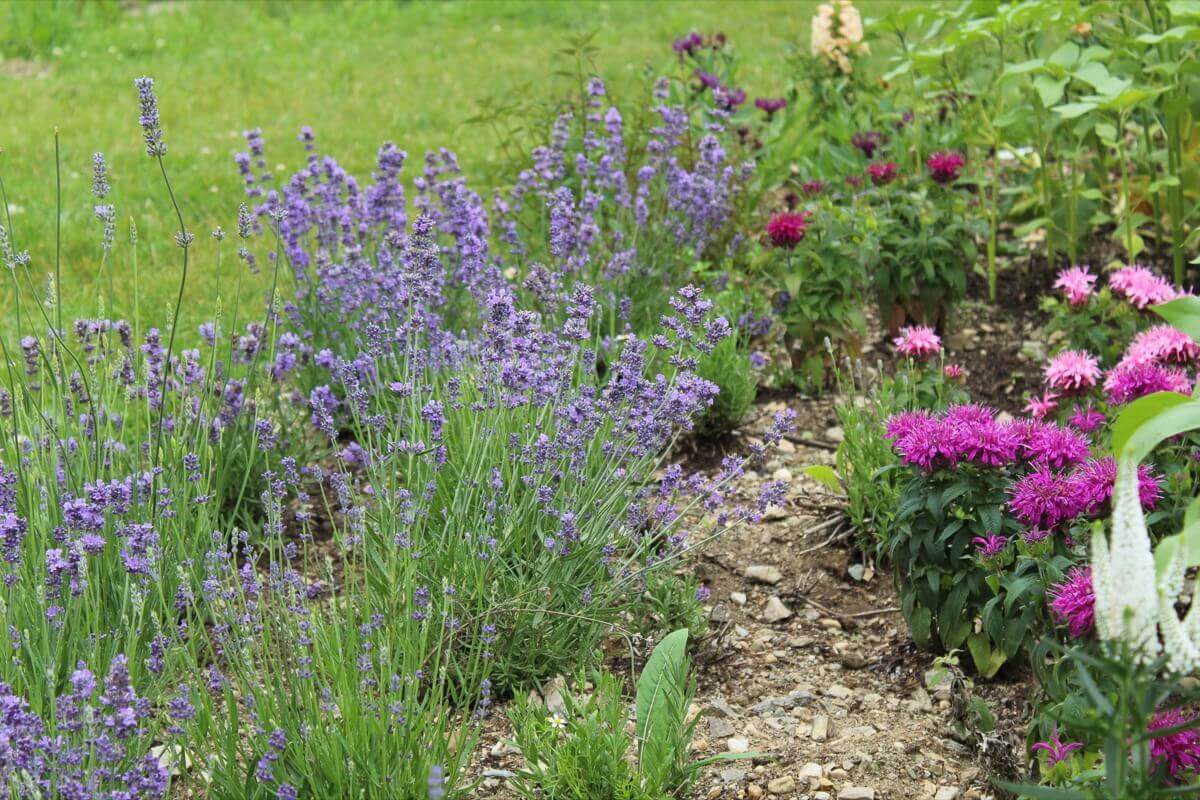8 Medicinal Herbs to Grow in Your Garden
Posted by Susan Shillue on 24th Jul 2018
Here at Luce Farm, we are passionate about plant medicine. We know the benefits that can come from growing herbs, flowers and plants that have been used for centuries to better enhance our everyday lives. Here are some of the herbs and flowers we grow in our gardens at Luce Farm, and they're easy enough for you to grow too!

Echinacea: commonly known as the coneflower, echinacea is apart of the daisy family. It has been known to help support the immune system. The flower's juice, root and leaf can be used as a supplement and has been also widely used as a topical. Echinacea is one of the most commonly found dietary supplements available. The roots (fresh or dried) can used to make a tea.

Calendula: this warm colored flower has been used for centuries as an ornamental garden plant, as well as used topically, ceremonially and as a dye. The best time to harvest the flower is during the heat of the day when the dew has evaporated and the resin is high. According to Ayurvedic principles, calendula is energetically cooling with a bitter taste. It has been shown to support healthy skin and can be great to incorporate into salves. The fresh flowers are edible and can be prepared into a tea, as well as the dried flowers to be used in infused oils, teas or tinctures.

Sage: this soft and fragrant herb is known for it's culinary and herbal purposes. The name sage comes from the Latin name salvia, which is derived from the Latin word “to heal”. The plant can be dried and made into tea, used fresh in meals, and has been shown to help with digestive issues. It’s peppery flavor is a major component in many culinary dishes.
Chamomile: this gentle herb is most commonly known for it's calm and soothing purposes. It grows in abundance and can be dried and made into a tea (maybe with some hemp honey added in). Chamomile is not only soothing inside the body, but can be calming addition to lotions to give the skin some relief. You can also find our CBD Honey Chamomile Popsicles here.

Lavender: this aromatic perennial was first recorded being used in Egypt during the mummification process. Both the Greeks and Romans had many uses for lavender, most commonly used as an after bath perfume, it's name coming from the Latin lavare, to wash. It’s beautiful and floral aroma is often used in cosmetics and baking. It has been shown to have anti-inflammatory properties as well as stress and anxiety relief.

Hyssop: a member of the mint family, it has been known as a “holy herb”. When combined with ginger, thyme, and pepper it has been considered an aphrodisiac. The essential oil of the plant is the most effective and beneficial. Hyssop contains disinfectant and antimicrobial properties and has been known to help support a healthy respiratory system.
Raspberry Leaf: although the fruit is usually the star of this plant, the leaves of the raspberry bush are very high in antioxidants and can be made into a tea with a similar taste to black tea. It boasts many health benefits including regulating hormones, decreasing inflammation and supporting a healthy digestive system. Raspberry leaves contain the highest amount of antioxidants in the spring before the fruit sets in. The leaves can be used fresh to make a sun infusion, or can be dried and stored for loose leaf tea.

